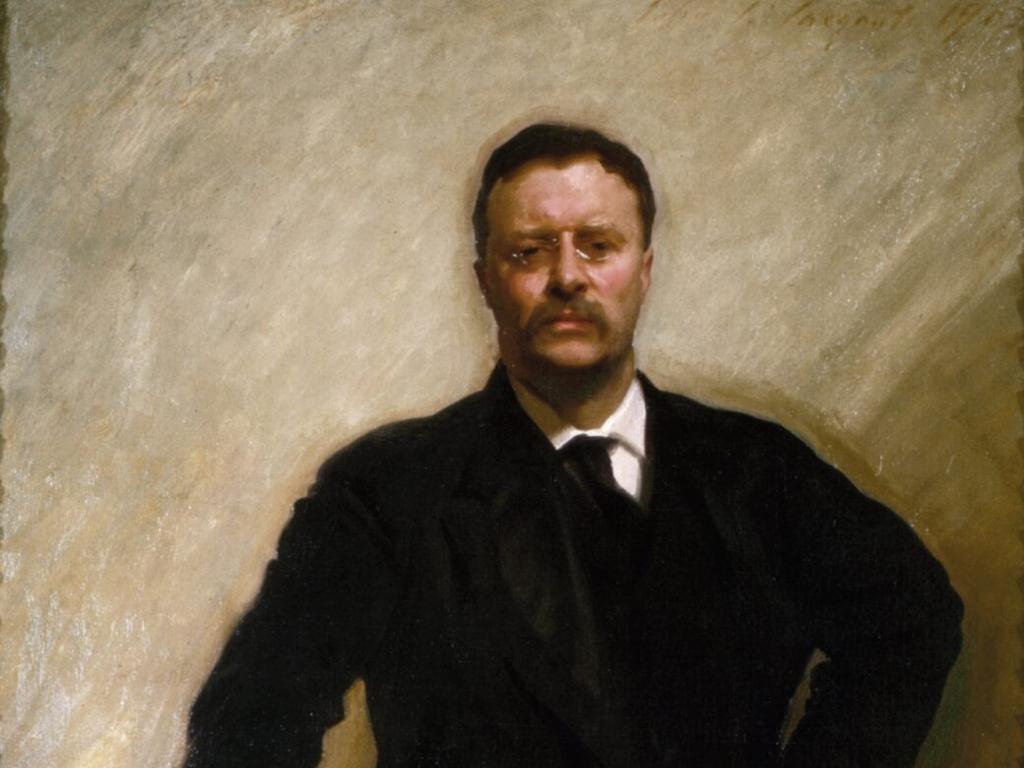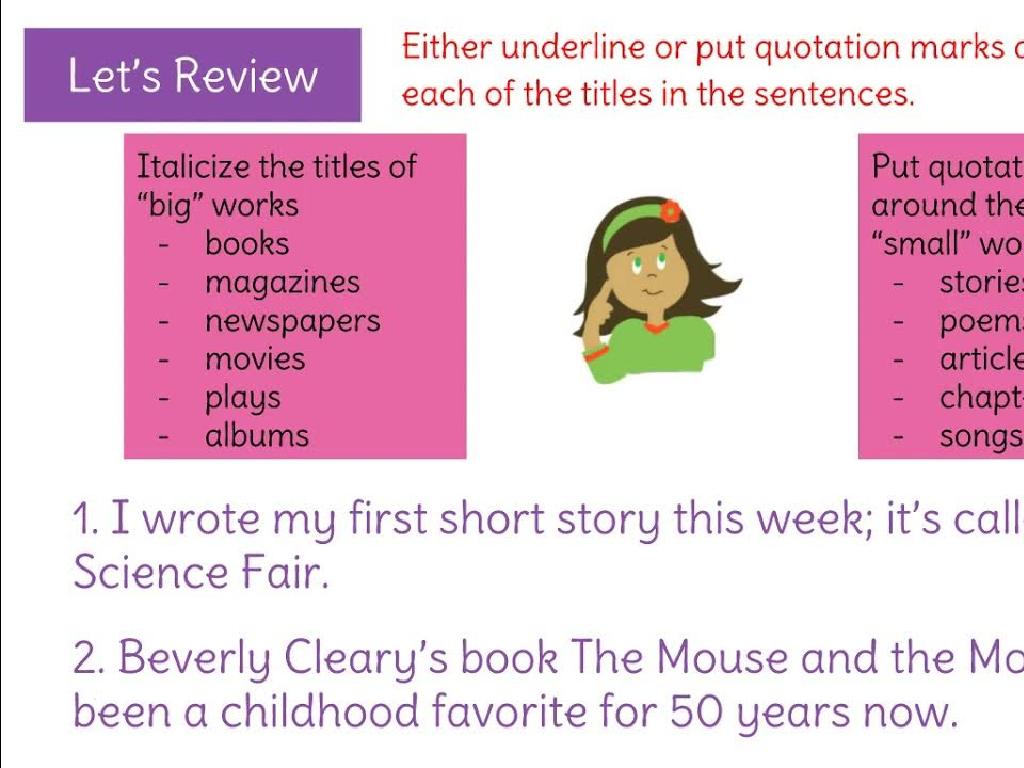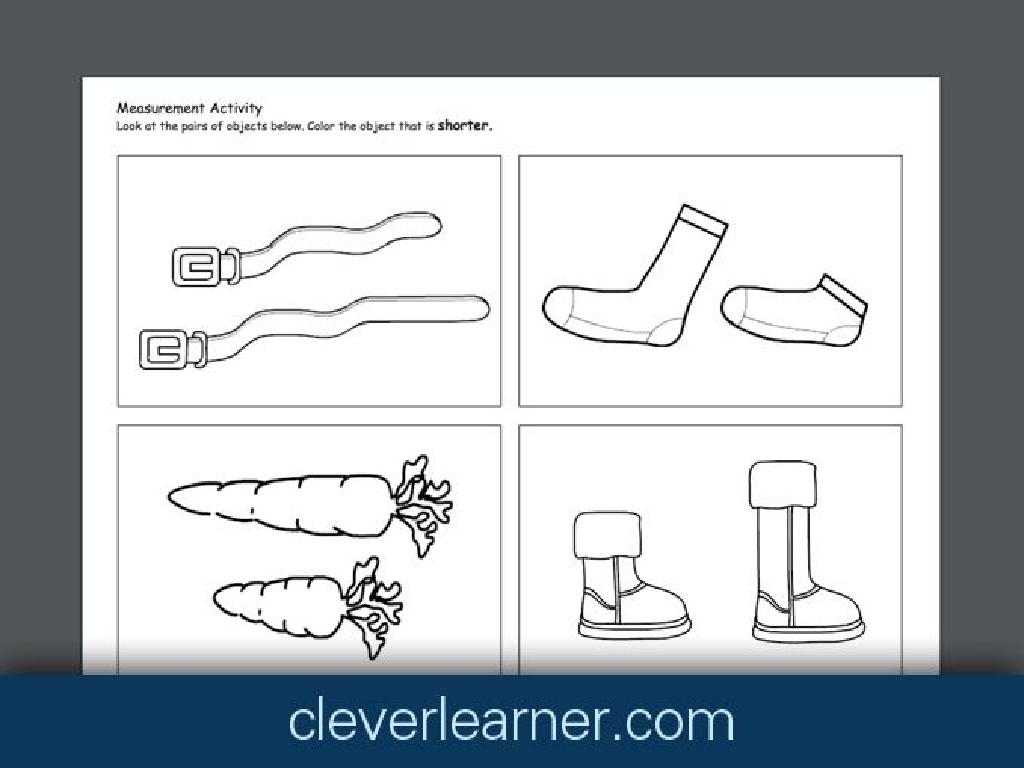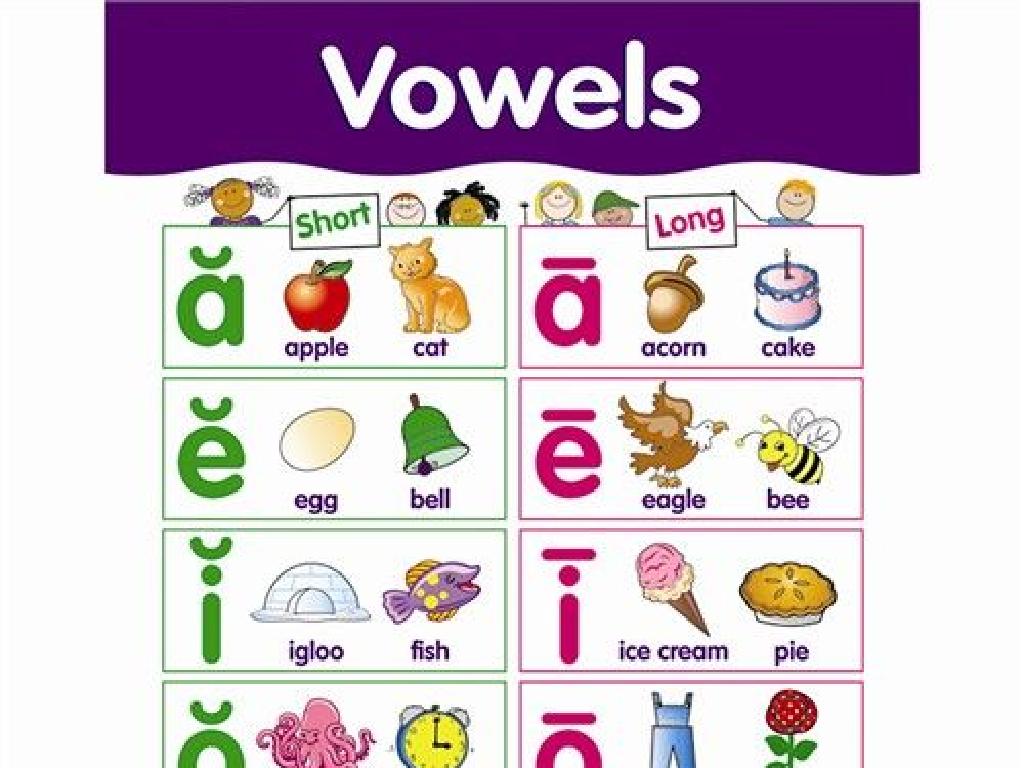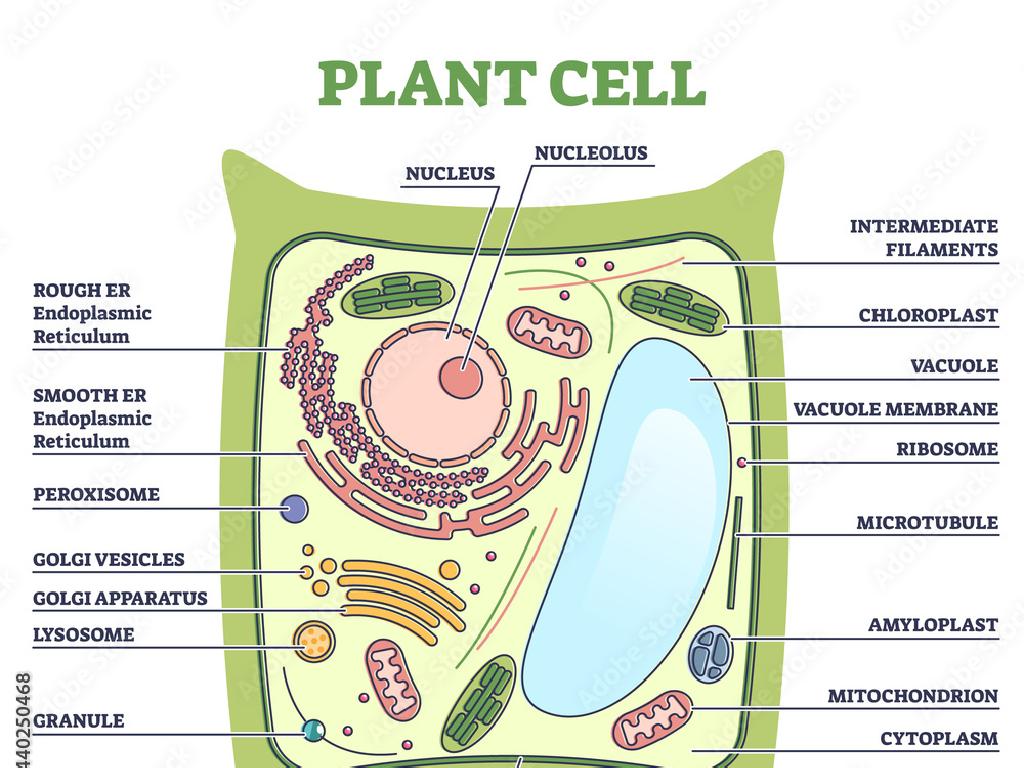Describe The Difference Between Related Words
Subject: Language arts
Grade: Second grade
Topic: Shades Of Meaning
Please LOG IN to download the presentation. Access is available to registered users only.
View More Content
Exploring Shades of Meaning
– Similar words, different shades
– Like ‘happy’, ‘joyful’, and ‘elated’ have similar meanings but differ in intensity.
– Words can be close but not identical
– ‘Tiny’, ‘small’, and ‘little’ may seem the same, but they aren’t exactly.
– Related words enhance reading
– Knowing these differences helps us understand texts better.
– They also improve our writing
– Using varied words makes our stories and essays more interesting.
|
This slide introduces the concept of shades of meaning, emphasizing the subtle differences between words that appear to be similar. It’s crucial for students to recognize that while words can be related, their meanings can vary in intensity or context. This understanding is key to developing nuanced reading comprehension and expressive writing skills. Encourage students to think of words they know and how choosing one over another can change the meaning of a sentence. Provide examples and plan activities where they can practice distinguishing and using words with different shades of meaning.
Exploring Related Words
– What are related words?
– Words that are similar but not the same, like ‘big’, ‘huge’, ‘gigantic’.
– Similar meanings, different uses
– ‘Big’ can be a large apple, ‘huge’ might be a pumpkin, ‘gigantic’ could describe a mountain.
– Expressing different levels
– ‘Whisper’ is quiet, ‘talk’ is normal, ‘yell’ is loud. Shows intensity or degree.
– Examples in sentences
– ‘The big dog barked.’ vs ‘The gigantic dog barked.’ How does the meaning change?
|
This slide introduces the concept of related words to second graders, helping them understand that while some words have similar meanings, they are used in different contexts to convey varying degrees of intensity or description. Use examples that are easy for them to visualize and relate to, such as sizes of objects or loudness of sounds. Encourage them to think of other related words and use them in sentences to see how the meaning changes with each word. This will help them grasp the nuances of language and enhance their descriptive vocabulary.
Shades of Meaning: Words with Different Shades
– Words have ‘shades’ like colors
– Just as colors can be light or dark, words can have slight differences in meaning.
– Some words fit better in situations
– ‘Whisper’ might be better than ‘talk’ when you’re in a library.
– Examples show shades of meaning
– ‘Happy’, ‘joyful’, ‘thrilled’ – each word shows a different level of happiness.
– Practice choosing the right word
– We’ll pick words that best describe a picture or a feeling.
|
This slide introduces the concept of ‘shades of meaning’ to second graders, drawing a parallel between the variations in color shades and the subtle differences in word meanings. Emphasize that choosing the most accurate word can help others understand exactly what they mean. Use examples to illustrate how similar words can have varying intensities or nuances. For instance, ‘happy’ is not as strong as ‘ecstatic’. Activities can include matching words to pictures that represent different intensities of a feeling or describing a scenario with the most fitting word from a ‘word gradient’. This will help students grasp the concept and apply it in their writing and speaking.
Shades of Meaning: Walk, Stroll, March
– ‘Walk’ means to move at a regular pace
– ‘Stroll’ is walking leisurely
– Like taking a slow walk in the park
– ‘March’ is walking with a measured tread
– Think of soldiers moving in a parade
– Comparing ‘walk’, ‘stroll’, and ‘march’
– How are these ways of walking different?
|
This slide introduces the concept of shades of meaning by comparing the words ‘walk’, ‘stroll’, and ‘march’. Each word describes a different way of walking. ‘Walk’ is the general term we use for moving on foot. ‘Stroll’ implies a more relaxed, leisurely pace, often for enjoyment. ‘March’ suggests a formal, rhythmic way of walking, usually associated with soldiers. Encourage students to think about the intent and feeling behind each word. Ask them to act out each word to feel the difference physically. Discuss with the class why someone might choose to use ‘stroll’ instead of ‘walk’ in a story, and what that might tell us about the characters or setting.
Let’s Practice Together: Shades of Meaning
– Listen to the teacher’s word
– Think of related words
– Words that are similar but not the same
– Write words on the board
– Discuss the differences
– How are the meanings slightly different?
|
This interactive class activity is designed to help students understand that words with similar meanings can have subtle differences, which we call ‘shades of meaning’. Start by saying a word aloud and ask the students to think of related words that have a similar meaning but are not exactly the same. For example, if the word is ‘happy’, students might think of ‘joyful’, ‘cheerful’, ‘elated’, and ‘content’. Write these words on the board and then discuss with the class how each word is similar to ‘happy’ but also slightly different. This activity will enhance their vocabulary and comprehension of nuances in language. For the teacher’s notes, prepare a list of words with a range of related words to guide the discussion and ensure a productive learning experience.
Activity: Exploring Shades of Meaning
– Receive word cards
– Sort words by meaning shades
– Words like ‘happy, joyful, elated’ show different intensity levels
– Understand subtle differences
– Group similar meaning words
|
This activity is designed to help students understand that words with similar meanings can have different ‘shades’ or intensities of meaning. Provide students with cards that have words with varying degrees of meaning. For example, ‘happy, content, ecstatic’ could be one set of cards to sort. Explain that while all these words relate to a feeling of happiness, they differ in intensity. ‘Happy’ is a general feeling, ‘content’ is a peaceful satisfaction, and ‘ecstatic’ is an overwhelming joy. Encourage students to discuss the words and their meanings as they work in groups to sort them. This will help them grasp the concept of shades of meaning and enhance their vocabulary. After sorting, each group can present their sorted words and explain their reasoning. This will also foster communication skills and collaborative learning.
Class Activity: Crafting Our Story
– Understand shades of meaning
– Choose words for our story
– Pick words that are related but have slight differences
– Write a story together
– Use the words to make sentences that fit into our story
– Share our creative story
|
This activity is designed to help students understand the concept of shades of meaning through a collaborative storytelling exercise. Begin by explaining that words with similar meanings can have slight differences, like ‘happy,’ ‘cheerful,’ and ‘joyful.’ Have the class brainstorm a list of related words with varying intensities or nuances. Then, as a class, construct a story using these words in a way that showcases their differences in meaning. Each student can contribute a sentence or idea to the story. Encourage creativity and ensure that each word’s usage reflects its unique shade of meaning. After completing the story, read it aloud to the class and discuss how the different words add depth to the narrative. This will not only reinforce the concept of shades of meaning but also foster teamwork and enhance writing skills.
Conclusion: Becoming a Word Wizard
– Celebrate your learning today
– Understanding word differences
– Related words have similar meanings but are used in different ways.
– Keep practicing your skills
– Use your new knowledge to play with words at home or with friends.
– Aim to become a word wizard
|
Well done on completing today’s lesson on shades of meaning! The students have learned to distinguish between related words and understand that while some words may seem similar, they have unique uses and connotations. Encourage them to practice by reading, writing, and engaging in word games that challenge them to use these words in various contexts. Remind them that mastery comes with practice, and they are on their way to becoming word wizards. Celebrate their progress and motivate them to continue exploring the nuances of language.

